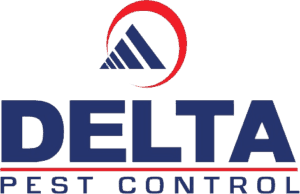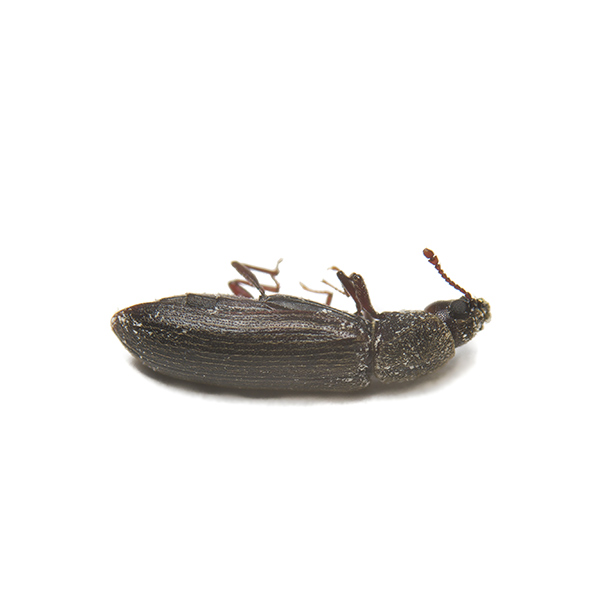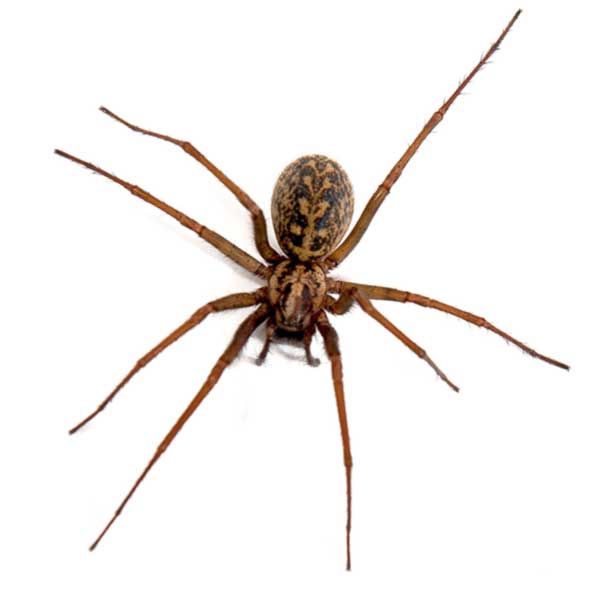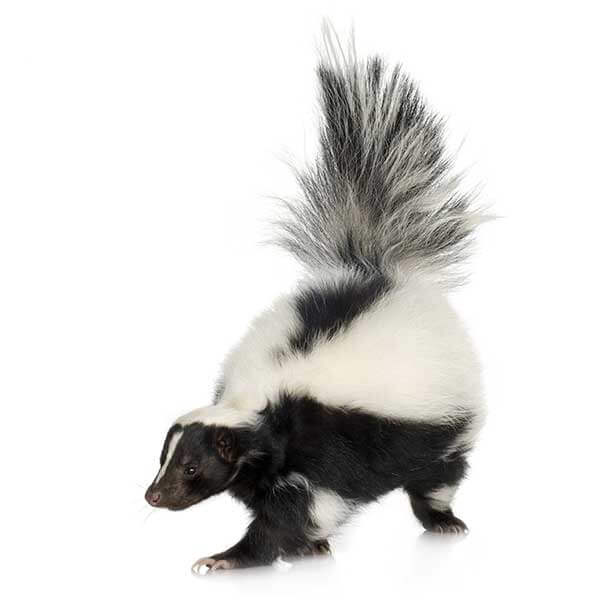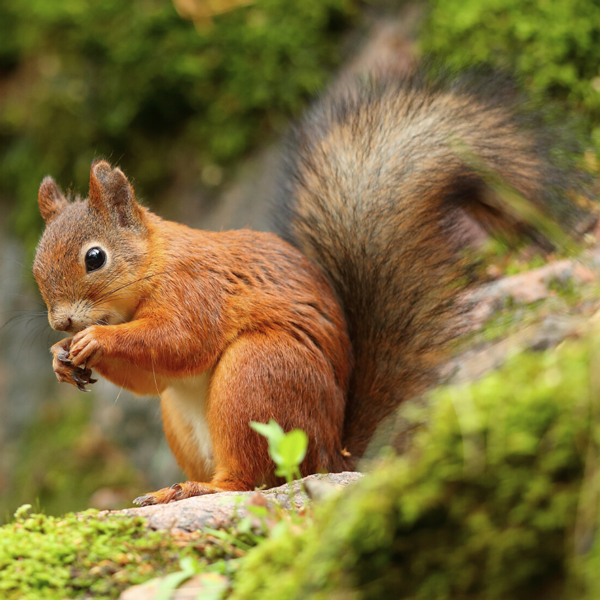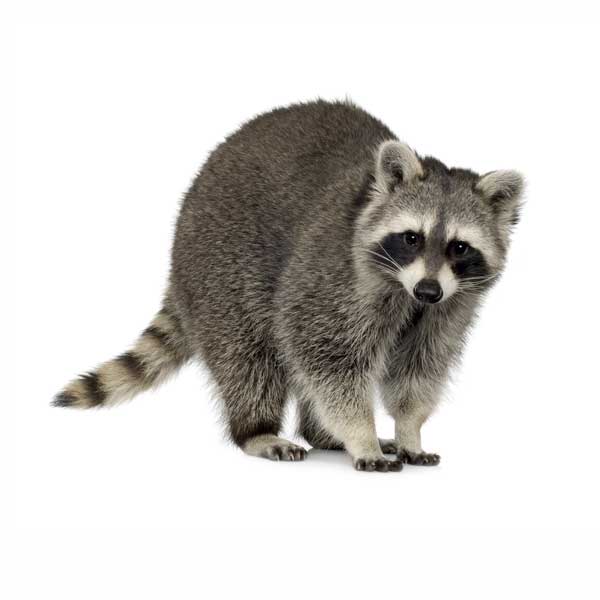Powderpost Beetle
Powderpost Beetles in Arkansas
Powderpost beetles are a broad category of beetles that live within – and eat – hardwoods, reducing timber to fine powder-like sawdust. These beetles cause millions of dollars in damage each year as they infest dry seasoned wood. In the United States, they are second only to termites in destructiveness to wood and wood products. Powderpost beetles prefer to live deep within hardwoods, and the only indication of their presence is the sawdust they leave behind, and the pencil-sized “shot” holes that remain after adults emerge in spring. The greatest period of activity occurs during the warm season.
Powderpost Beetle Habitat
Powderpost beetles live and breed in hardwoods, such as the dead branches and limbs of trees. They avoid softwoods and will not attempt to tunnel in varnished woods. Often, eggs and larvae can be sealed within hardwoods, resulting in emerging adults later on. A female powderpost beetle will lay 50 eggs at a time, in the pores of the wood. When larvae of the powderpost beetle hatch, they feed on many of the various hardwoods used in furniture, baskets, hardwood trim, and flooring. Larvae will emerge one to five years later in spring. An adult powderpost beetle will not typically live for longer than a year.
Powderpost Beetle Behaviors, Threats, or Dangers
Powderpost beetles aren’t a direct threat to humans, but they do cause millions of dollars in damage each year. Adult powderpost beetles most often select and lay eggs in wood such as oak, ash, hickory, mahogany, and walnut, and infestations are most likely to occur in wood paneling, molding, flooring, window and door frames, plywood, and furniture. Powderpost beetles are strong fliers and are attracted to light. Adults are often found near windows or on windowsills when an infestation occurs indoors. Infestations in homes are almost always due to the infestation of the wood prior to construction. If a powderpost beetle infestation is suspected, contact a local beetle control professional.
Need help with Powderpost Beetle control?
Hobo Spider
Hobo Spiders in Arkansas
A hobo spider is a common type of spider found in Arkansas The hobo spider received its name from the fact that it’s often found along railroad tracks. The hobo spider belongs to the funnel-web spider family, and constructs funnel or tube-shaped areas out of their silk to hide in. They can move rapidly, up to three feet per second, when moving from place to place, but are not very good at climbing.
Hobo Spider Habitat
Common outdoor habitats for the hobo spider include rock retaining walls, landscape rocks, cracks in soil or concrete, vegetation, near and around foundations, window wells, irrigation boxes, stacks of lumber, firewood, and bricks. Indoors, the hobo spider is typically found running across the floor or near the floor level. These spiders are not good climbers, however, they will sometimes be found in tubs and sinks. Although some have been observed a few feet above floor level, most hobo spiders are seen running about on the floor or in webs close to the ground or vegetation.
Hobo Spider Behaviors, Threats, or Dangers
Hobo spiders rarely bite people, and when they do bite, their bite is almost painless. It is no longer believed that hobo spider bites cause tissue damage or skin death (necrosis). Unlike other spiders that have been shown to cause this condition, hobo spider venom is not considered toxic to humans according to the Centers for Disease Control and Prevention. If you suspect you have been bitten and are concerned about any skin reaction, see a doctor for a proper diagnosis.
If you are dealing with hobo spiders, contact your local spider exterminators.
Need help with Hobo Spider control?
Skunk
Skunks in Arkansas
The average skunk is about the size of an adult house cat, and its’ fur is mostly black with white on top of the head and neck. Skunks are found throughout the United States and are known to produce an oily, yellow sulfur-alcohol compound that contains sulfuric acid. This pungent liquid is stored in two separate scent glands located on each side of the anus and can be squirted accurately at targets as far as 6 to 10 feet away as a self-defense mechanism. The secretion is acrid enough to cause nausea and can produce severe burning and temporary blindness if it strikes the eyes.
Skunk Habitat
Skunks construct dens in burrows and will often use abandoned burrows dug by ground squirrels, foxes, or coyotes, enlarging them if necessary. In urban settings, they den under decks, porches, or beneath buildings. If other suitable dens are unavailable, skunks will burrow and construct dens. Skunks do not hibernate; but in regions with colder weather, they may congregate in communal dens during the winter. Skunks are attracted to residential areas by the availability of food, water, and shelter.
Skunk Behaviors, Threats, or Dangers
Skunks are primarily nocturnal animals and their activity around buildings may go unnoticed until one takes up occupancy beneath a porch, deck, slab foundation, or has an encounter with another animal, such as a dog. A pet that exhibits an offensive smell, is an indicator that a skunk may be nearby. Skunks have been found infected with an array of diseases, including rabies. If your pet has an encounter with a skunk, it should be seen by a veterinarian immediately. If you are having an issue with skunks, it is best to consult a professional wildlife control company for removal.
Need help with Skunk control?
Red Squirrel
Red Squirrels in Arkansas
The red squirrel is often known as the pine squirrel, chickaree, or North American red squirrel. Compared to other squirrels in the region, the red squirrel is much smaller. They are usually slightly larger than a chipmunk. It typically feeds on conifer cones They are considered granivores but may feed on other items. They have also been observed feeding on spruce buds, needles, mushrooms, flowers, and berries.
Red Squirrel Habitat
Red squirrels are widely dispersed throughout the North American continent, typically wherever conifer trees are found. They build their nests mostly out of grass and construct nests in tree branches. They very rarely nest below the ground. Usually, red squirrels have several nests in their respective territories. Red squirrels have been reported nesting in homes using insulation as their material.
Red Squirrel Behaviors, Threats, or Dangers
Red squirrels are known to be one of the more territorial species of squirrels. They are very active throughout the entire year. Female red squirrels give birth in the spring with three to seven offspring in each litter. Red squirrels prefer nesting in trees outside your home but, as mentioned previously, they have been known to make their way indoors. If they get inside, they could use your insulation as the material for their nesting. If you are having an issue with red squirrels, it is best to consult a professional wildlife control company for removal.
Need help with Red Squirrel control?
Raccoon
Raccoons in Arkansas
Raccoons are stocky mammals and are distinctively marked with a black “mask” over their eyes. Found throughout most of the United States, and into northern South America. raccoons are nomadic, but only within a marked territory. They do not dig or make nests but prefer to mark locations, remembering them as available shelters. Raccoons are active year-round but may take cover in dens during periods of severe winter weather. For homeowners, raccoons are notorious “backyard bandits”, rummaging through garbage cans, popping kiddie pools, and generally causing mayhem.
Raccoon Habitat
Raccoons prefer wooded areas near water and natural habitats, sleeping in abandoned burrows, and the crooks of trees. In urban settings, raccoons will make their homes in empty crawl spaces, underneath porches, and within attics. Raccoons roam around rural or urban areas, finding food where they can and scouting new locations. They will eat almost anything, including insects, fruit, vegetables, and small animals, if necessary. Raccoons are nocturnal and notorious for raiding garbage cans during overnight hours. Raccoons are attracted to gardens or homes because they offer a food resource and potential den sites.
Raccoon Behaviors, Threats, or Dangers
While not all raccoons have rabies, raccoons, in general, are major hosts of rabies in the U.S., especially in the eastern part of the country where their populations are increasing. Pets should be properly vaccinated to mitigate this threat. Raccoons will kill poultry, destroy bird nests, and damage gardens or crops. They can destroy a home’s insulation, wood, shingles, electrical wiring, and walls as they try to create dens. Droppings, urine stains, or built-up materials from creating a nest are other signs of raccoon activity. If you are having an issue with raccoons, it is best to consult a professional wildlife control company for removal.
